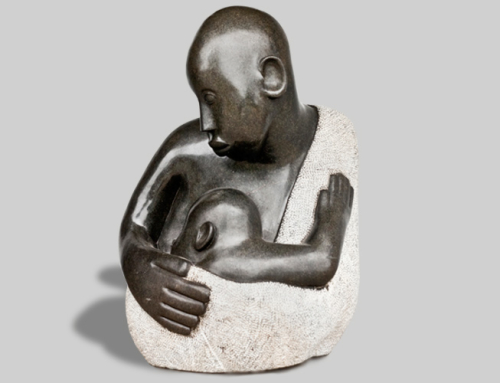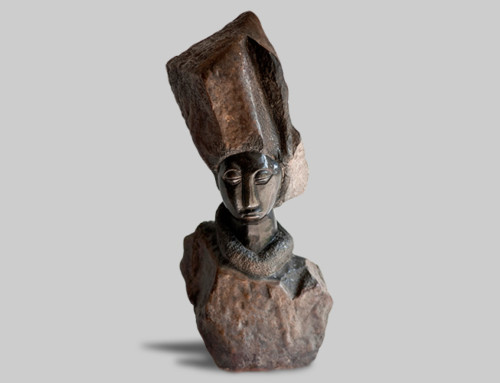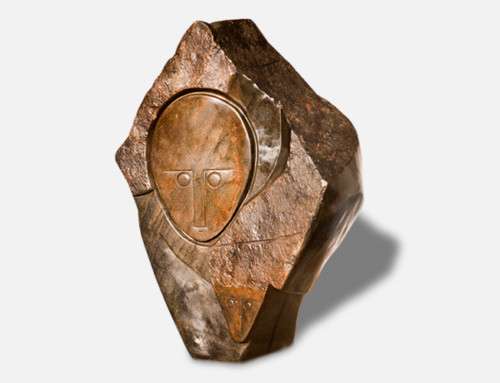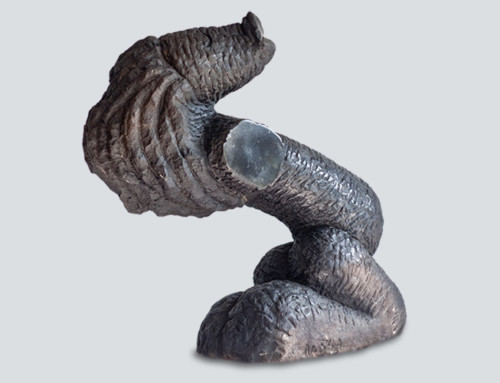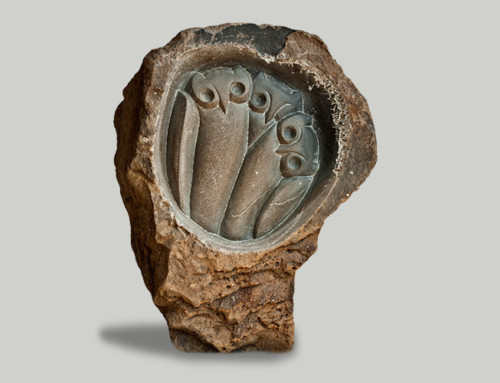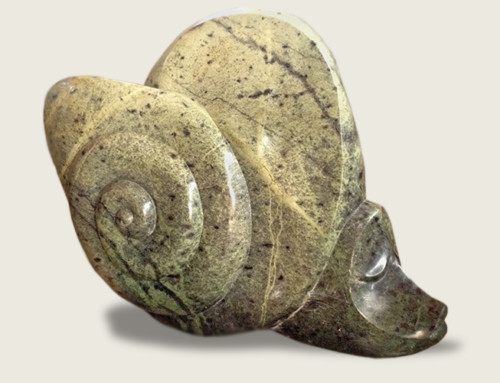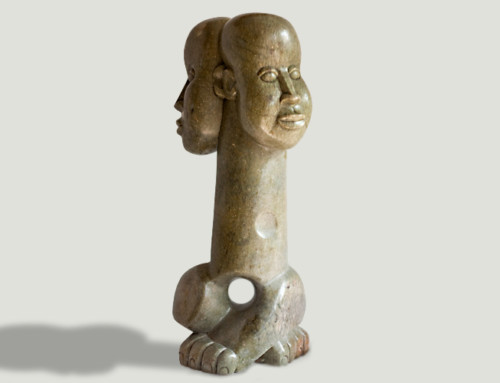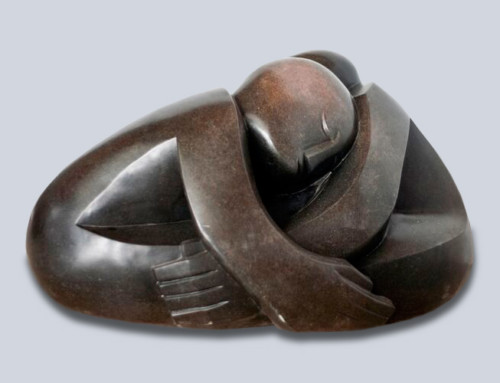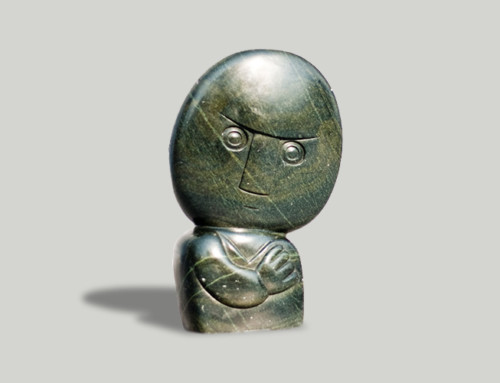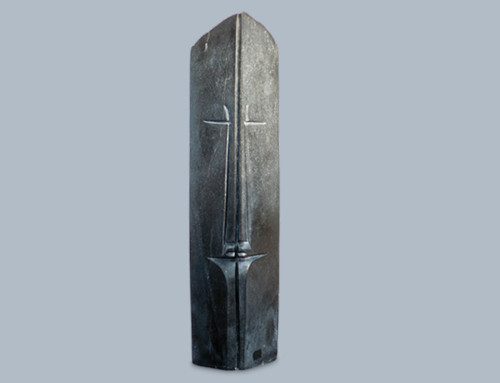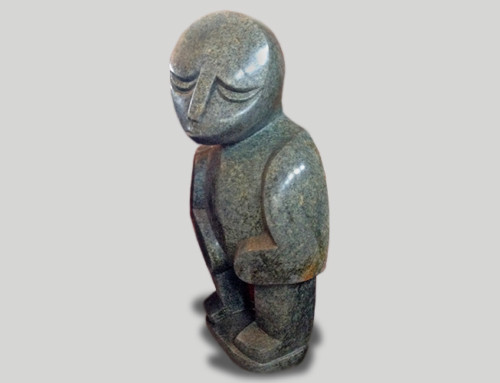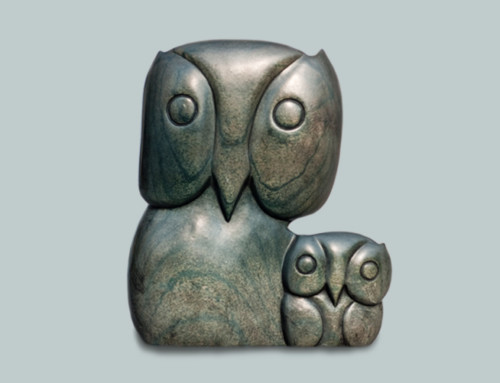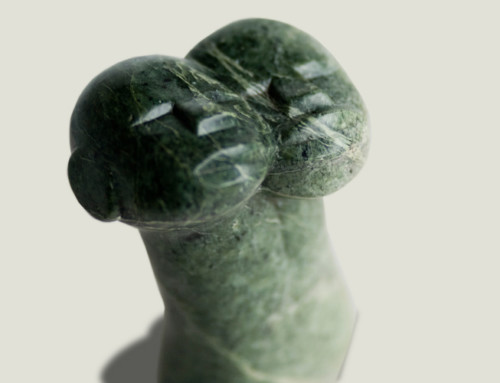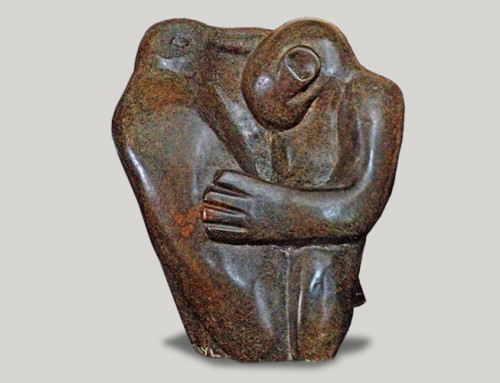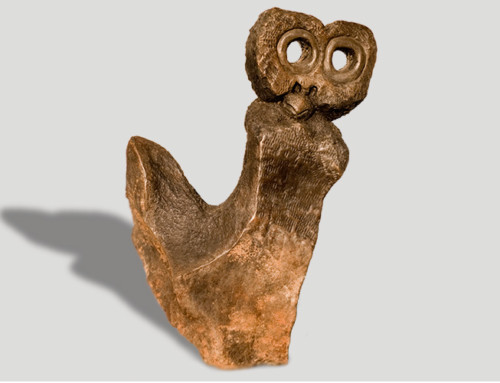BRIGHTON SANGO
(1958-1995)
Brighton Sango is one of Zimbabwe’s second generation of sculptors, which has emerged since independence in 1980. He was born in 1958 in Guruve, a rural area northeast of Zimbabwe. Coming from a poor family and being one of seven children, he had to leave school after only two years of secondary education.
He began sculpting as a result of contact with the rural community of sculptors at Tengenenge, where he learned the basic techniques. He stayed there for only a few months, however, as he strongly felt the need to be able to work on his own and to develop his own style. Sango’s style is still evolving, but already his work has a distinctive and individual quality. His work increasingly incorporates sharp lines and angled planes, in contrast to the much softer, more rounded approach of earlier pieces. (His mentor at Tengenenge was Bernard Matemera, yet stylistically their work could hardly be more different.)
Sango’s work clearly displays his mastery of the medium. To most Western observers, his work appears to be the least “African.” It is certainly more abstract than that of any other leading Zimbabwean sculptor. Frequently his sculptures have, to Western observers familiar with the language of Western art, been seen as having distinctly cubist characteristics. But to describe such works as “cubist” and imply thereby Western influence on his work, would be as inaccurate as to claim that David Livingstone “discovered” Victoria Falls. (Is it not absurd to suggest that a European explorer “discovered” geographic features in Africa which were known to Africa’s inhabitants for a long as they have lived there?) The West cannot yet claim credit for the artistic and creative genius of Africa.

